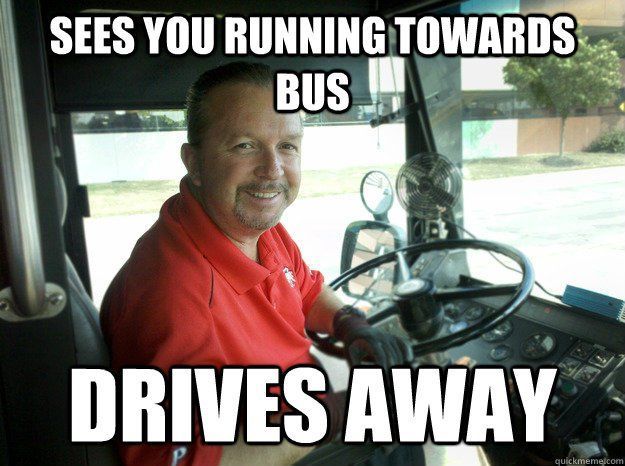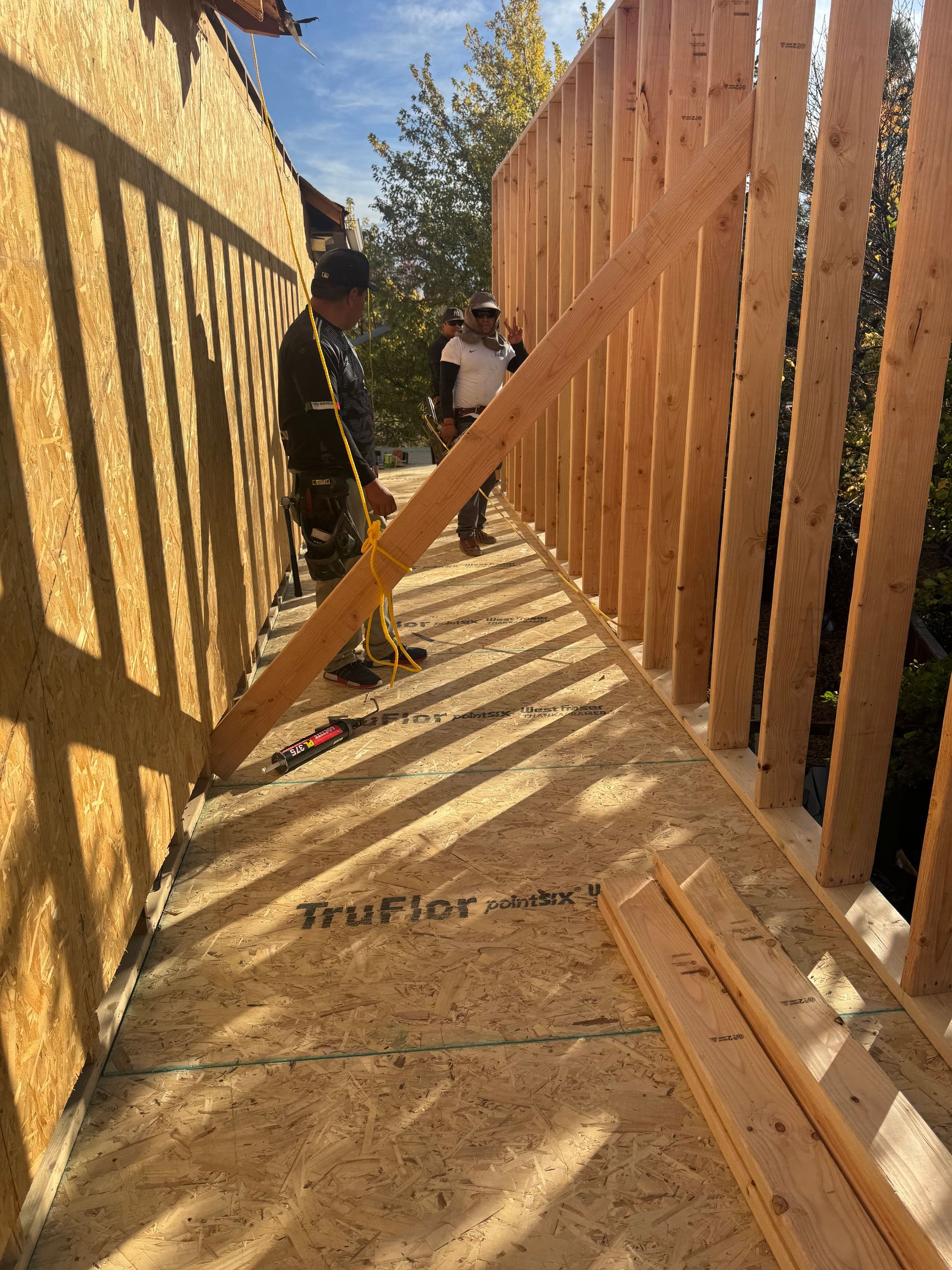Death After the Storm
Day One — Present Day (2025)

August 2, 2025 – Cedar Key, Florida
The Gulf smelled of ruin.
Two weeks after Hurricane Imogen roared through Cedar Key, the air was still thick with mildew, gasoline, and the salt of the sea. Whole blocks sat gutted, their contents piled in damp heaps at the curb. Blue tarps snapped in the hot breeze, covering holes where roofs used to be.
Power crews worked under portable lights, their chainsaws buzzing like angry wasps as they carved fallen trees into manageable pieces.
Sheriff Tom Raines had seen plenty of disaster in his twenty‑seven years, but this one was different.
There was something about the silence. The gulls weren’t crying, and the normal chatter of neighbors helping neighbors was gone.
He walked slowly up the porch steps of a small bungalow on Seagrove Street, already uneasy.
The front door was ajar. That was the first bad sign. Looters always tested doors.
Inside, the house smelled of wet plaster and mold. Ceiling tiles sagged, the walls bubbled with water damage. Shards of glass littered the carpet, catching the weak sunlight filtering through the wrecked windows.
And there, in the center of the ruined living room, lay a woman.
She wasn’t crumpled by the collapse or twisted by debris. She had been placed.
Arms folded neatly across her chest, legs aligned, head turned gently to the side. Her eyes were closed, giving her the look of someone asleep rather than dead.
On the coffee table beside her, under a broken pane of glass, sat an insurance claim form.
The paper was storm‑damp, the ink smudged but still legible. At the top, a number: C‑47‑2085.
Raines’s throat went dry.
Storms didn’t do this. Looters didn’t fold arms, tilt heads, and weigh down paperwork.
“This isn’t random,” he muttered.
The deputy at his shoulder shifted uneasily. “You think it was looters?”
Raines shook his head. “No. This is…something else.”
By sunrise, the Dallas FBI field office was on the line.
Mark Keller was already awake when the call came.
Retirement had robbed him of the luxury of sleeping in; he was always up before dawn, sitting at the old oak desk in his Burleson, Texas, home office.
The desk bore the scars of decades of work — coffee rings, knife‑nicks from pocket knives, the faded outlines of paperclips left too long.
The house was quiet now. Too quiet.
His daughter was grown, long gone to California, and the wife he’d divorced ten years earlier was a stranger in another life. The only sound was the ceiling fan ticking overhead.
On the wall behind him hung maps of the United States, each dotted with pins. Hurricanes, wildfires, floods, tornadoes — paths of ruin he’d followed through the years.
Some pins were red, some blue, some black. The color coding made sense only to him.
On his desk sat a single manila folder, yellowed with age.
Its cover was marked in bold black ink: BURLESON INCIDENT 1.
The phone rang.
Keller lifted the receiver and heard the young agent’s voice — crisp, polite, and detached.
The kid read the report like it was any other case:
“Female victim, approximately forty years old. Found deceased inside her home on Seagrove Street, Cedar Key, Florida. Cause of death undetermined pending autopsy.
Notable detail: arms folded across chest. Insurance claim form recovered at scene, marked code C‑47‑2085.”
Keller didn’t answer at first. His mind had already supplied the picture.
Arms folded.
Calm amid chaos.
The code.
He closed his eyes and was back in Burleson, April 2005.
A hailstorm had pounded his hometown like artillery, breaking every windshield, shattering every roof tile.
And in the wreckage of a two‑story brick house on Elm Street, he had stood over Mrs. Lawson’s body. Folded arms.
Calm amid chaos. A claim form pinned by a hailstone.
Back then, his supervisor had called it storm hysteria.
“You’re seeing patterns that aren’t there, Keller.”
The Bureau had closed the file, moved on.
But Keller hadn’t. He’d kept the photos, the reports, the claim form — tucked away in that manila folder he couldn’t bring himself to throw out.
Now, twenty years later, it was happening again.
“You still there, Keller?” the young agent asked.
“Yeah,” Keller said quietly. His voice sounded strange in his own ears. “I’m here.”
He set the phone down gently, staring at the folder.
His hand hovered over it for a long moment, then pulled it closer.
He opened it slowly, the old photographs slipping free.
Mrs. Lawson’s living room, ceiling caved in, storm debris everywhere. But her body — untouched, deliberate. A damp claim form pinned under hail.
Identical.
The ceiling fan ticked overhead, the only witness as Keller whispered to the empty room:
“He’s back.”
Keller leaned back in his chair, the photos spread across his desk.
He didn’t need to look at the date stamp to know the truth.
The same man who had killed Mrs. Lawson had just left his mark in Cedar Key.
And if he’d waited twenty years, Keller knew one thing for certain: he hadn’t been idle.
Tomorrow, he would reopen the Burleson file.
Tomorrow, he would go back to where it started.
Tomorrow: Burleson, 2005 — The First Body











